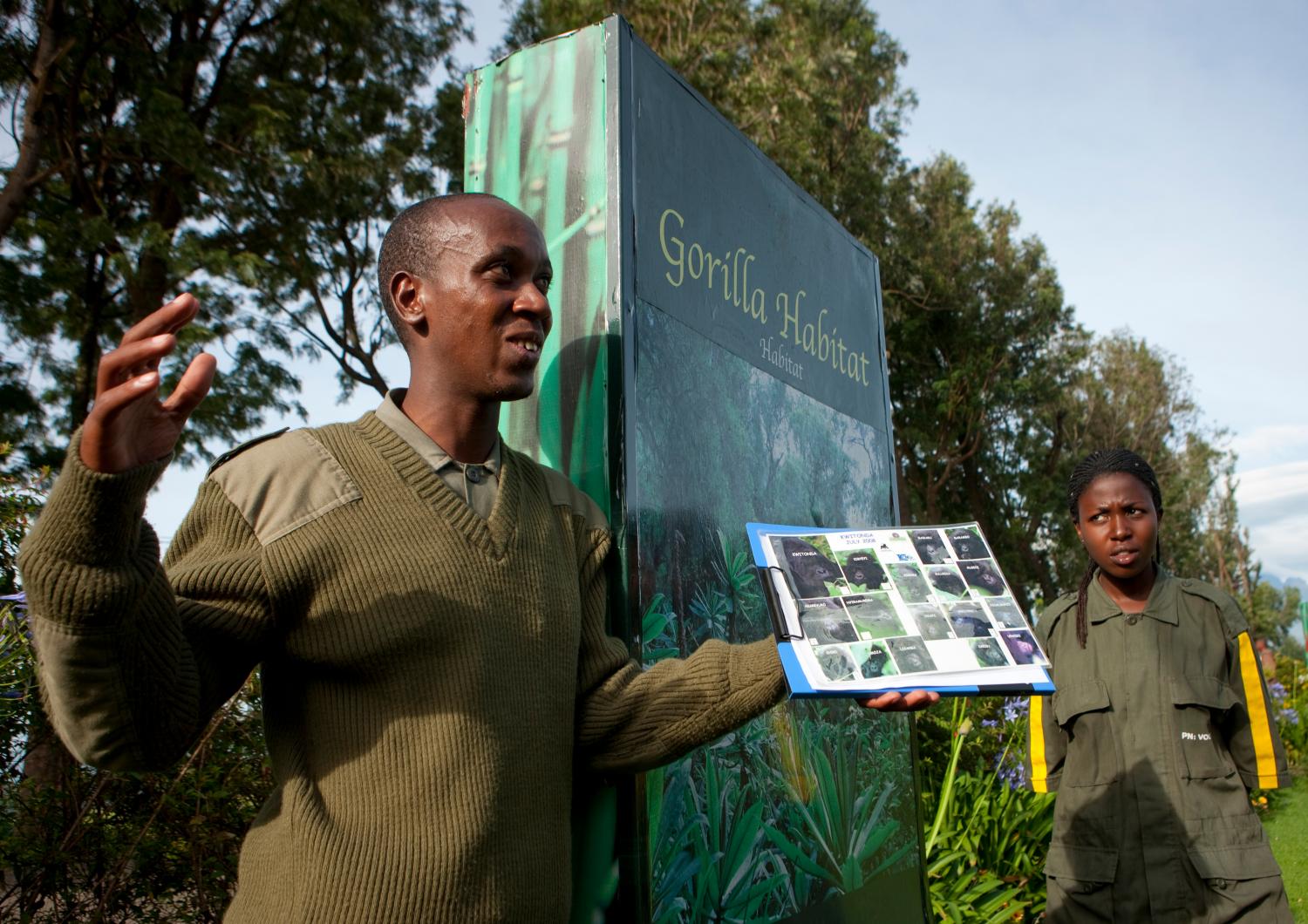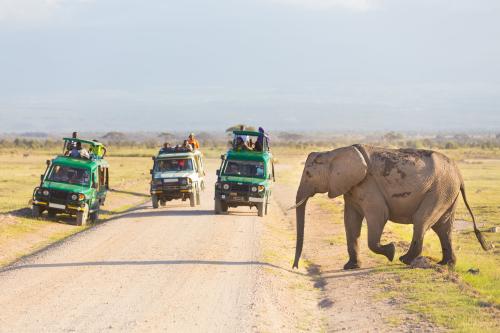Abstract
The process of structural transformation in Rwanda, like in other parts of Africa, is occurring not by relying primarily on manufacturing but instead on a diverse set of activities, including services. This prompts several questions: can Rwanda generate a sufficient number of new jobs without relying mainly on a surge in manufacturing growth to absorb increases in the labor force, especially of young workers and women? Will these new jobs be sufficiently productive to power growth and raise incomes?
This paper examines the movement of workers from low-productivity activities into high-productivity activities—both across sectors (such as moving from agriculture to manufacturing) and within sectors (moving from subsistence agriculture to export and horticultural products). It finds that the most dynamic sectors of job creation are “industries without smokestacks”—tourism, business services, ICT, agro-processing, horticulture and high value-added export crops. These sectors, like manufacturing, display high average productivity, contribute a large portion of exports, and employ an ever-larger share of the labor force. The paper then creates an IWOSS-led growth scenario to 2035 to project labor demand and supply. The exercise finds that the demand for skilled labor will create a sharp market bias towards greater income inequality. A review of selected value chains in IWOSS sectors finds that a lack of skills could be one factor, among others, that could short circuit growth aspirations. Achieving sustained rapid and inclusive growth will therefore require off-setting fiscal and educational policies to reduce the skill constraints to industrial development and to mitigate the potential wage-widening effects of the skill-bias on Rwanda’s growth path.
The Brookings Institution is committed to quality, independence, and impact.
We are supported by a diverse array of funders. In line with our values and policies, each Brookings publication represents the sole views of its author(s).







